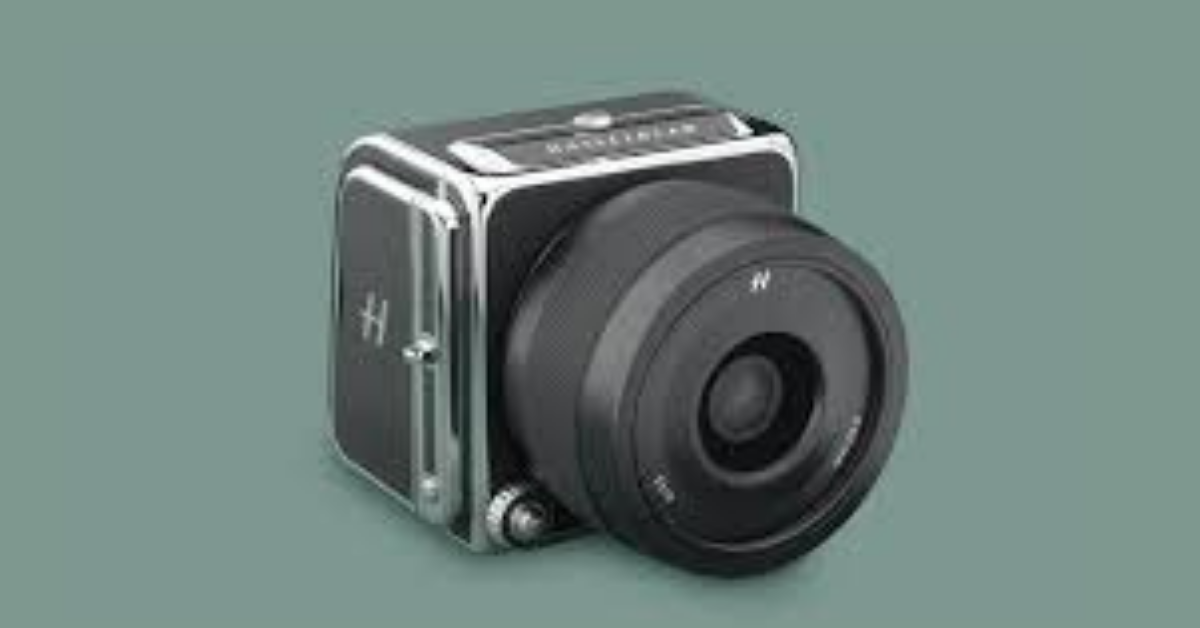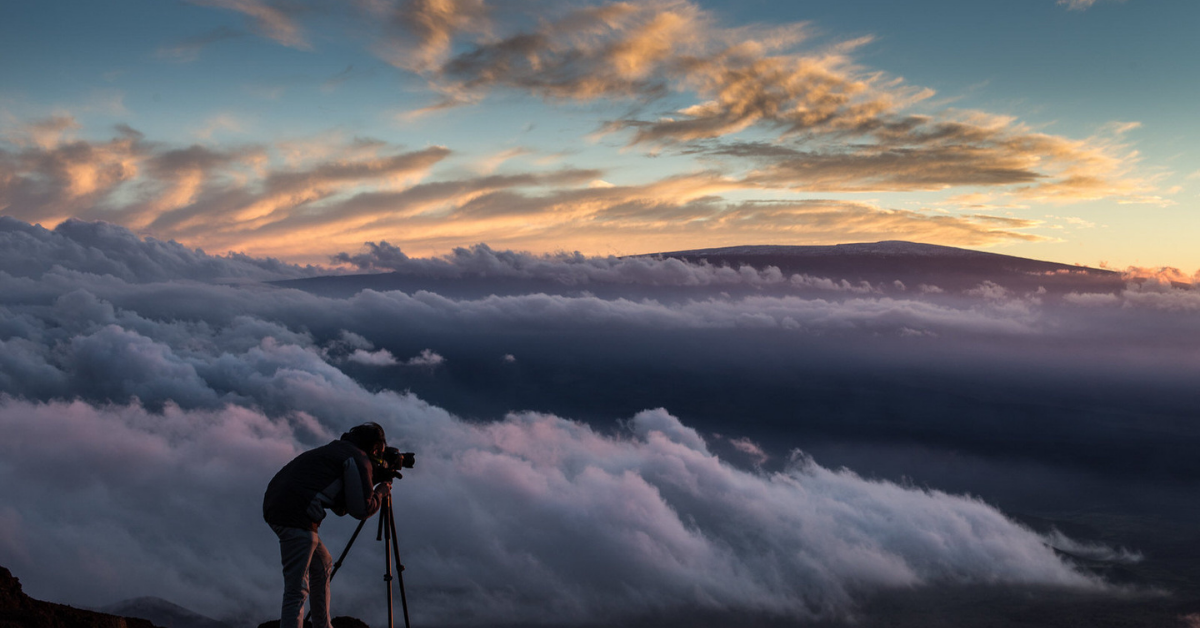In Gothenburg, Sweden, Victor Hasselblad AB is a Swedish maker of medium format cameras, photographic equipment, and image scanners. The firm is well known for its traditional analogue medium-format cameras with a waist-level viewfinder. The Hasselblad camera was most famously used during the Apollo program missions when the first humans landed on the Moon. Almost all of the still photos obtained during these missions were taken with Hasselblad cameras modified. The X1D-50c, the world’s first digital compact mirrorless medium-format camera, was released in 2016, revolutionizing the portability of medium-format photography. Around 10,000 Hasselblad cameras are produced each year from a small three-storey building.
Company history
F. W. Hasselblad and Co. was founded in 1841 in Gothenburg, Sweden, by Fritz Wiktor Hasselblad as a commercial concern. Arvid Viktor Hasselblad, the founder’s son, was interested in photography and founded the company’s photographic branch. “I certainly don’t think we will generate much money on this,” he says on the Hasselblad website, “but at least it will allow us to take images for free.”
Arvid Hasselblad met George Eastman, the founder of Eastman Kodak, while on his honeymoon. In 1888, Hasselblad was appointed as Eastman’s exclusive Swedish distributor. The photography division of the company was so successful that it was spun off into its own company, Fotografiska AB, in 1908. A nationwide network of stores and photo laboratories as part of the operation. Arvid Hasselblad ordered the construction of Hasselblad’s long-term headquarters building in 1877, which remained in use until 2002. Arvid’s son, Karl Erik Hasselblad, eventually took over the company’s management (grandson of founder F. W.). At the age of 18, Karl Erik sent his son, Victor Hasselblad, to Dresden, Germany, then the world headquarters of the optics sector, to gain a broad understanding of the camera business (c. 1924).
Before returning to the family business, Victor spent the next five years studying and working in different photography-related projects in Europe and the United States, including Rochester, New York, with George Eastman. Victor quit the firm in 1937 to open his picture store and lab in Gothenburg, Victor Foto, due to family feuds, particularly with his father.
The Hasselblad camera comes into its own
The year 1957 was a watershed moment for the company. The 500 C has taken the 1000 F. Hasselblad’s product range was built around the 500 C design for the next sixty years, with variants being produced until 2013. However, Hasselblad’s cameras did not become profitable until 1960; before that, the company was wholly reliant on sales of imported photography materials, including distribution of Kodak products.
Throughout the 1950s, Hasselblad had slowly but steadily gained a reputation among professional photographers, but the attention generated by NASA’s usage of Hasselblad goods substantially increased brand recognition. NASA began using Hasselblad cameras on space missions in 1962 and requested design changes. As a result of NASA requests, the 500 EL became the first motor-driven camera in 1965.
Hasselblad exited the photographic supply and retailing market in 1966, selling Hasselblad Fotografiska AB to Kodak, owing to the increasing popularity of the camera section.
Fuji, Shriro, Imacon, and the digital age
Hasselblad began marketing the XPan, a Fujifilm camera designed and manufactured in Japan, in 1998.
They introduced the H-System in 2002, calling their old camera line the V-System retroactively. The H-System was a pivotal moment in the company’s history. It abandoned the classic Hasselblad square negative format favouring 6 4.5 cm film and a new lens set. Observing the relative success of current technology on the market (i.e. fully automated) 645 cameras made by manufacturers like Pentax and Mamiya, the then owners had no faith in Hasselblad’s already advanced digital project returning a profit and closed down Hasselblad’s digital department and directed all effort towards the modern (i.e. fully automated) 645 cameras made by manufacturers like Pentax and Mamiya.
Hasselblad created and built the H-System, with Fuji’s involvement restricted to finalizing Hasselblad’s lens designs and supplying the glass for the lenses and viewfinders. Under the terms of the agreement, Fuji was only allowed to sell the H1 in Japan.
The Shriro Group bought a majority stake in Hasselblad in January 2003. For nearly 45 years, the group had been Hasselblad’s distributor in Japan, Hong Kong, China, Taiwan ROC, Singapore, and Malaysia.
In August of the following year, Shriro Sweden, the parent company of Victor Hasselblad AB and a Swedish subsidiary of Shriro Group, announced the purchase of Imacon, a high-end scanner and digital camera bag maker. The goal of the move was to address the previous owners’ mistake of thinking there was no money to be gained selling digital products and killing Hasselblad’s sophisticated digital project, and rekindling Hasselblad’s goals in the professional digital photography industry.
The move was seen as part of a more enormous industry-wide response to the shift from film to digital. Following the merger, Christian Poulsen, Hasselblad’s chief executive, stated, “They realized that there was no future for them. Without digital, it was challenging to keep Hasselblad alive “.
This has secured their market position, with nearly all of their previous medium format camera competition sold (Mamiya), closed (Contax, Bronica, Exakta 66, Kyiv), or having a significantly reduced market presence (Rollei, Pentax—which was also sold to Hoya), and other medium format digital back makers are facing similarly restricted markets. In comparison to market leader Phase One, this Hasselblad has failed to make a profit.
Ventas, a German private equity group, stated on June 30, 2011, that it had purchased a 100 per cent share in Hasselblad.
DJI, Chinese aerial photography and drone firm, bought a minority stake in Hasselblad in late 2015. DJI purchased the bulk of the company in early January 2017. Argos, a UK-based retailing company, promoted DJI’s Mavic 2 PRO drone in July 2018. This drone was the first to be equipped with a Hasselblad-branded camera.
Hasselblad cameras in space
NASA chose the Hasselblad cameras because of their interchangeable lenses and magazines. The reflex mirror was replaced with an eye-level finder to allow for easier use in tight settings while wearing spacesuits.
Hasselblad perfected NASA technicians’ modifications and incorporated them into future versions. To satisfy the space program, for example, the development of a 70 mm magazine was rushed.
On the final two Project Mercury missions in 1962 and 1963, the first modified (indeed, simplified) Hasselblad 500 C cameras were utilized. During the Gemini space flights in 1965 and 1966, they were still in service.
Apollo program
Following the Apollo 1 incident in 1967, a general program of dependability and safety was initiated, addressing electrical system reliability and safe operation in a high-oxygen environment.
On Apollo 8, EL electronic cameras were deployed for the first time. From Apollo 8 onwards, a significantly modified 500 EL, dubbed the Hasselblad Electric Camera (HEC), was deployed onboard the spacecraft. Apollo 11 was equipped with three 500 EL cameras. The Apollo 11 mission employed an even more heavily modified Hasselblad EL Data Camera (HDC), mounted with a unique Zeiss 5.6/60 mm Biogon lens and film magazines for 150–200 exposures. This command module camera was a reduced version of the commercial Hasselblad 500 EL motorized film advance camera carried on Apollo 11. It could function in the command module or the vacuum of space for colour still photography.
Hasselblad cameras were also onboard all subsequent NASA missions. On the five next flights, the photographic equipment and films used were comparable to Apollo 11. The 500 mm tele lens was introduced to Apollo 15. Cameras based on the 500 EL/M, 553 ELX, 205 TCC, and 203 FE were utilized during the Space Shuttle era.
Only the film magazines were transported back to Earth from the 12 Hasselblad cameras currently resting on the lunar surface.




